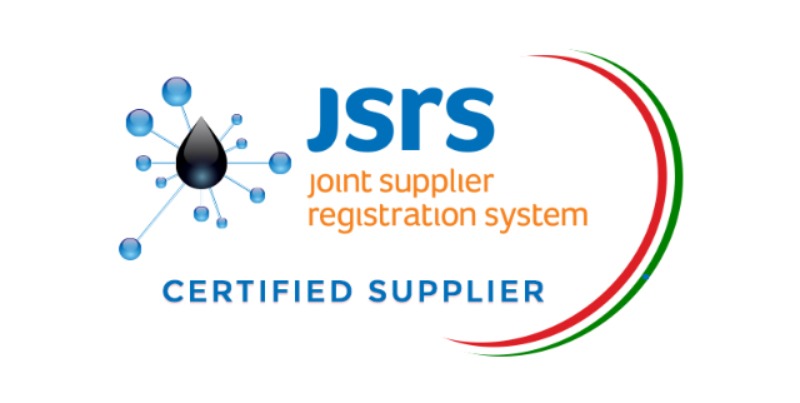- August 12, 2024
- Posted by: Murooj Al Alia
- Category: Uncategorized
DNA purification is a crucial step in the sample preparation process. It removes enzymes and salts from the lysed samples, or PCR products, before cloning and sequencing. It also removes unwanted PCR-induced artefacts, such as primer dimers as well as nucleotides that have not been integrated. DNA purification is a crucial process in molecular biology that requires careful planning to produce high-quality, reliable results.
There are numerous approaches to purifying DNA. Traditional DNA isolation methods require numerous steps, including leukocyte isolation or red blood cell lysis for the removal of heme proteins that inhibit http://www.mpsciences.com/2021/02/15/science-supplies-for-students/ the PCR reaction, deproteinization and RNAse treatment, ethanol and isopropanol precipitation. Finally, there is DNA elution. These protocols require specialized equipment, such as an electrophoresis device and biosafety cabinets due the intercalating dyes that are used in electrophoresis gels.
Other DNA purification techniques use spin columns or 96-well filter plates to separate out contaminants by adhering them to the surface of the plate or column. These techniques can be very laborious, especially when working with large amounts of samples or when the columns have to be refilled manually with new reagents.
Dipsticks significantly reduce the number of steps involved in processing samples to three. They bind nucleic acid using a cellulose-based, waxy material and subsequently release them in the presence of water. This approach is particularly useful in low-resource areas, like remote field sites and teaching laboratories. Its simplicity (30 s per sample) is ideal for diagnostic molecular tests such as those for disease detection and genotype screening.




